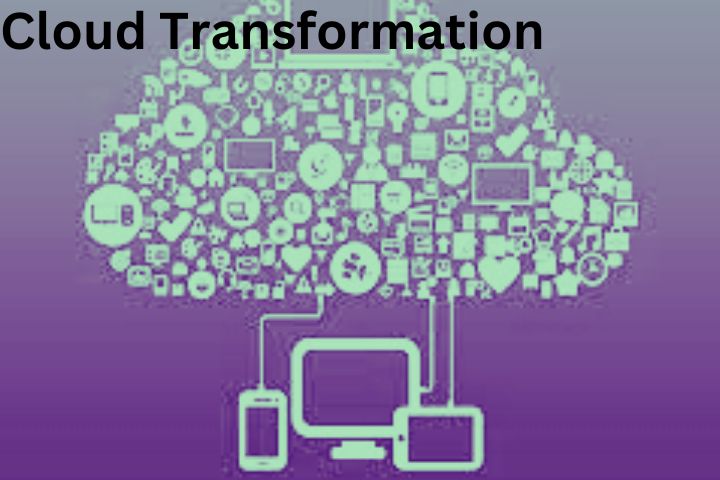
Companies are currently implementing various sustainability measures. However, internal IT is rarely considered. The new Device as a Service approach increases sustainability in IT.
According to a study, every second company has a sustainability concept, but very few have dealt with sustainability in their IT so far. A concrete solution for more sustainability in a company’s IT is Device as a Service.
The Device as a Service makes renting workplaces in a subscription model per employee and month possible. By definition, Device as a Service is a further development of the Software as a Service principle and means a combination of hardware, Software, IT services, and support.
In addition to the Software, the necessary equipment, such as computers, tablets, or even smartphones, can be rented, and a complete workplace can be provided. This allows companies to outsource the previously complex process related to the digital workplace.
Sustainable Action:
Sustainable action is strategically anchored. It includes action resources, networks, services, personnel, awareness, and commitment.
Sustainable savings:
The delivery of devices often turns out to be a cumbersome process with many intermediate steps: From the manufacturer to the distributor, via the company headquarters to the actual workplace. With Device as a Service, the Device is delivered directly to the employee without any intermediate steps. In concrete terms, companies do not have to make additional trips via the leasing partner or the company headquarters. Employees receive their devices directly from the manufacturer in the (home) office. This way, CO2 emissions can be reduced to a minimum, and distances and packaging material can be saved.
IT equipment Service Life
The production of new IT equipment consumes by far the most natural resources. Despite this, defective and worn-out devices are often quickly written off and purchased again. But do devices always have to be replaced and disposed of immediately? Service providers repair the devices to ensure the longest possible service life for all devices. In addition, the device lifecycle is extended by the option of an extended leasing period or manufacturer’s guarantee.
After the leasing period has expired, the data is deleted following the law and remarketed. Of course, leaving the devices to your employees after the leasing period (corporate benefit) or donating them to non-profit organizations and associations is also possible. Devices that cannot be repaired are disposed of properly. Through recycling and new approaches to the extended use of devices, energy, and greenhouse gases, particularly raw materials, are saved considerably.
Capacity-binding Activities
The commissioning and provision of new IT equipment is usually associated with a great deal of time and coordination. Many manual steps must be taken into account:
- The installation and commissioning by the on-site administrator
- The appointment with the employee for the handover
- The installation of individual employee apps
Thanks to the intelligent provision and management of the devices with Device as a Service (also known as “zero touch deployment”), no manual work is required. Every employee can put their devices into operation themselves. No matter whether in the office or the home office. The devices are automatically included in the central, company-wide device management.
The required company and individual Software with access rights and user roles also occur automatically and independently of the operating system. Subsequently, continuous, automated administration, as well as continuous support, are ensured. Intelligent outsourcing with Device as a Service reduces the provisioning processes’ complexity and many manual, time-consuming activities. The saving of human and time resources enables your IT to focus on its core tasks again.
Sustainability Standards
Sustainability is also becoming the following important decision criterion in IT. Companies must comply with sustainability standards and provide critical figures: In addition to environmental vital figures such as CO2, critical figures for corporate management such as transparency and co-decision of all stakeholders.








